Loquat
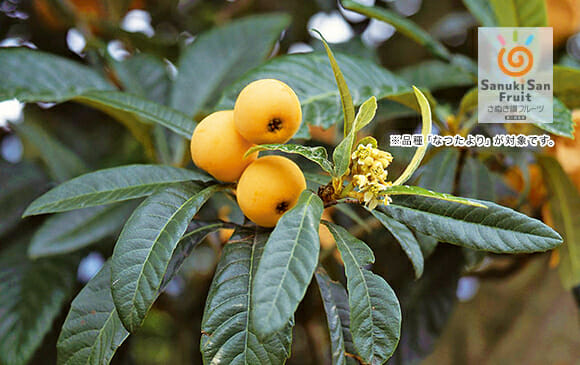
Loquat is native to the tropics of southwestern China.Like citrus fruits, it is said to grow deliciously in areas where the temperature is above 15 ° C.Kagawa loquat is a seasonal fruit that is mainly shipped during the month from May to June.
Loquat is actually a hidden specialty of Kagawa.It boasts the fourth largest production volume in Japan (4).We do not pursue not only production volume but also deliciousness and beauty.After picking the flowers, in order to protect the thin and soft pericarp, each one is ripened in a bag, taking time and effort to grow.In addition, "Yotama", which is about twice the size of conventional varieties, is also cultivated and sold as a high-class fruit at major department stores in the Kanto region.
In addition, the large varieties with soft flesh and high sugar content "Natsutayori" joined the "Sanuki Sanuki Fruit" in 2018.
- Seasonal season
- Time to go around Peak season (seasonal season)
-
1 2 3 4 5 6 7 8 9 10 11 12
- Main production area
- Takamatsu, Sakaide, Zentsuji, Mitoyo
















 Olive products from Kagawa Prefecture
Olive products from Kagawa Prefecture



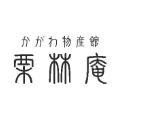
 Stores handling olive-related products
Stores handling olive-related products


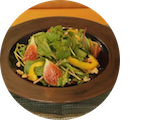









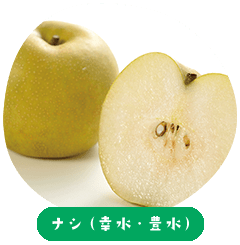


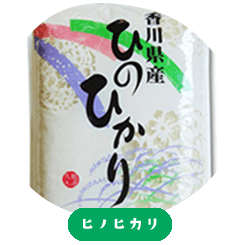



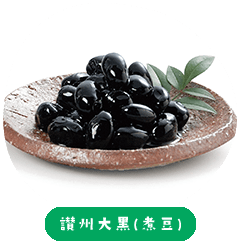










Ogo, Tobu, Tonosho-cho, Shozu-gun